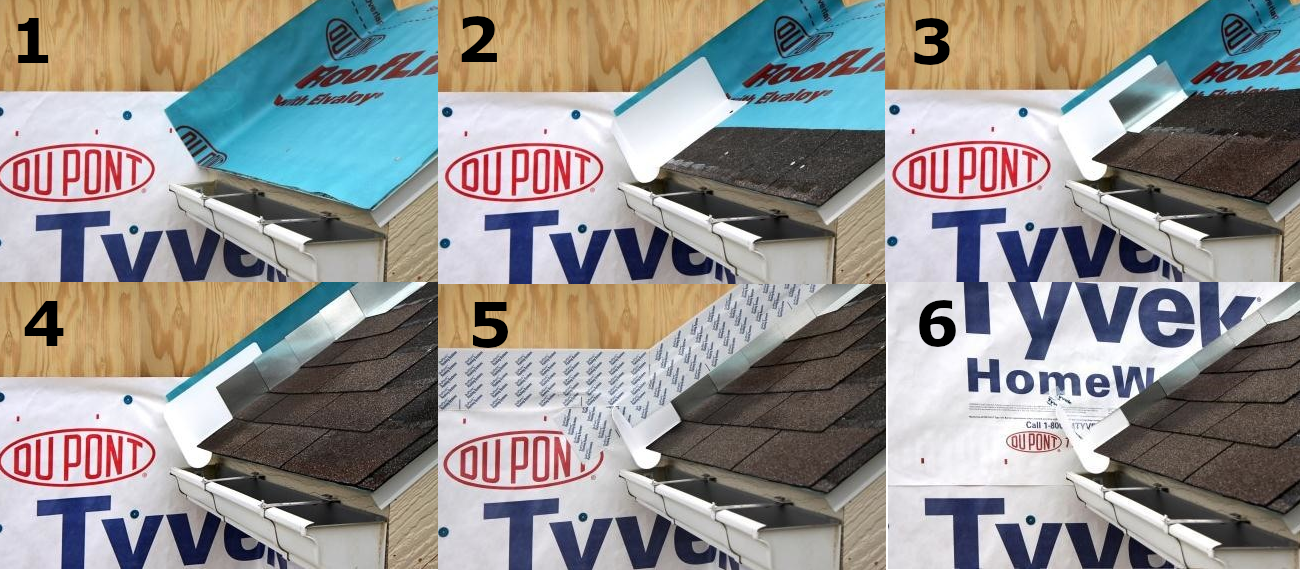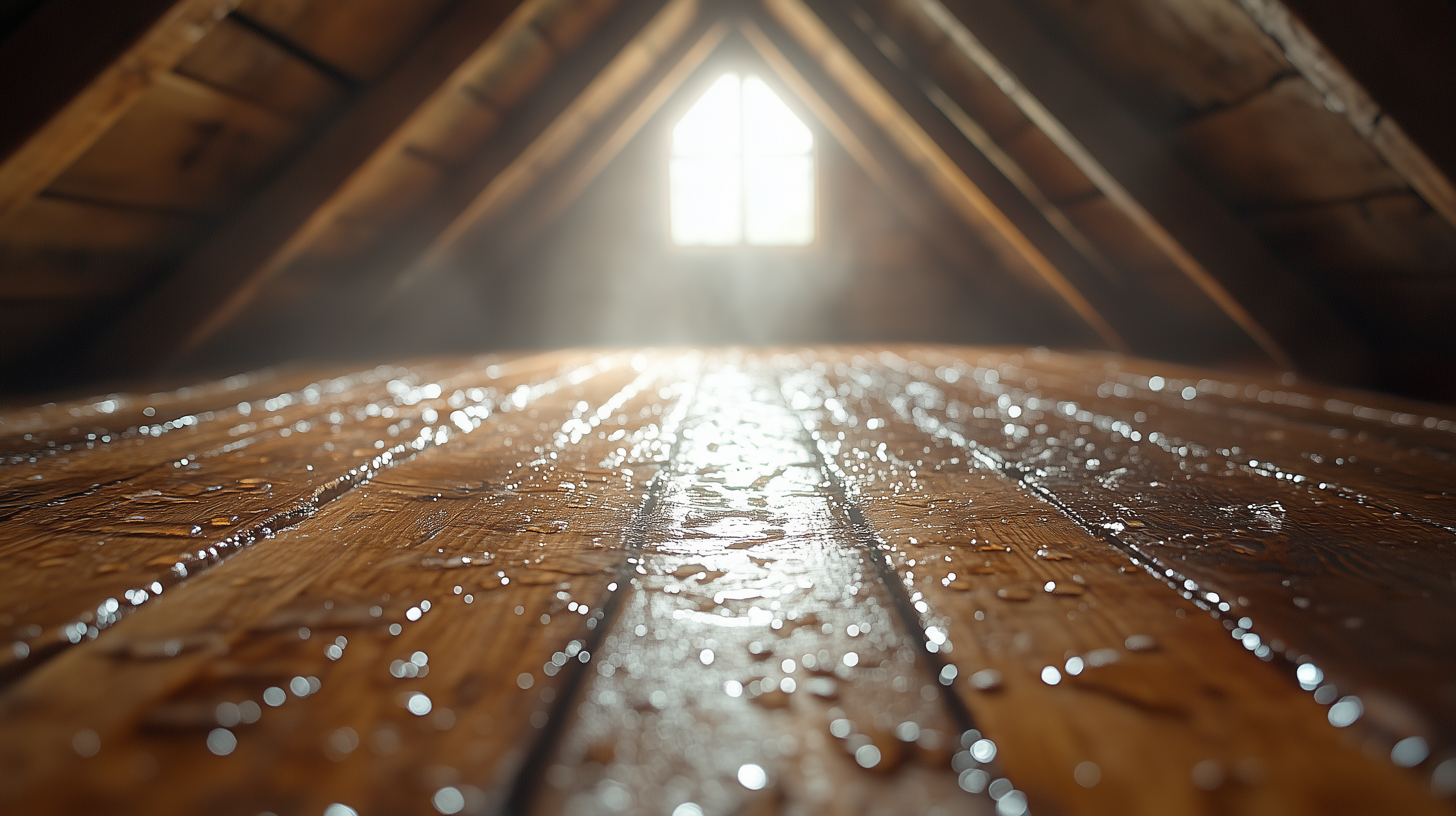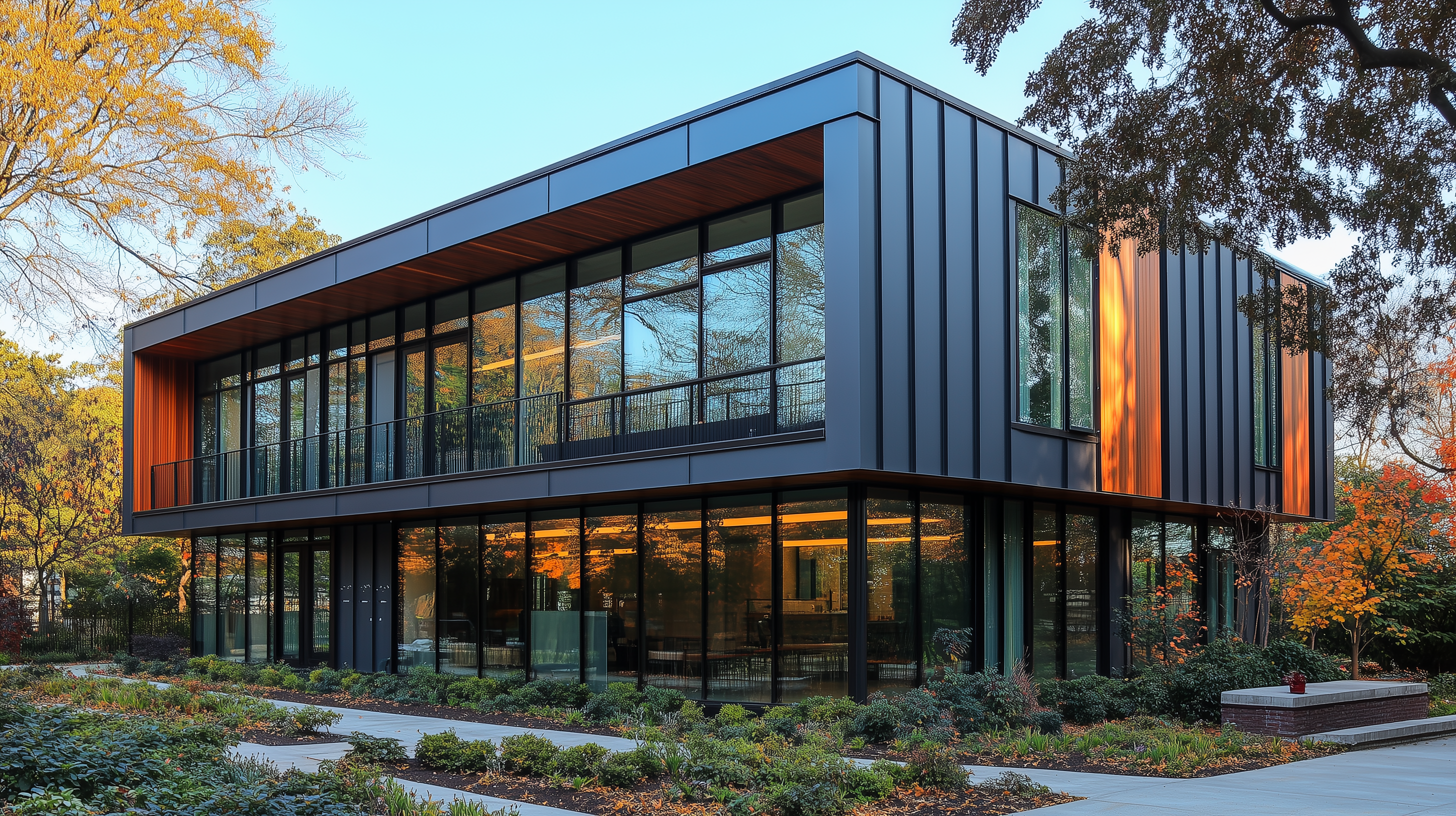Introduction
The intersection where a roof meets a wall is a critical point in the structure of a building. It’s a common area for water leaks and therefore requires careful attention to detail. Flashing, when properly installed, serves as a protective barrier to direct water away from these vulnerable areas. In this blog, we will discuss the importance of flashing in roof-wall intersections in existing homes, how to properly install new step and kick-out flashing, and best practices for achieving effective water management.
Scope of Work
Whether you’re replacing a roof or performing a stand-alone retrofit, proper flashing at roof-wall intersections is crucial. The steps typically involve:
- Inspection: Evaluate the wall and roof framing for existing conditions to determine the specific detailing required for flashing.
- Removal and Repair: If existing flashing is damaged or missing, remove siding and expose at least 8 inches of the wall to install new flashing. Repair any damaged sheathing and framing.
- Check for Kick-out Flashing: If this component is missing, inspect the wall near the roof eave for potential water damage and repair as needed.
- New Flashing Installation: Install a new adhesive membrane and metal step or continuous flashing that integrates into the existing weather-resistant barrier for seamless water, air, and vapor control.
Principles of Water Management
The concept of water management in construction is straightforward: direct water down, out, and away from the building. This is achieved through a concept known as “drainage,” which is most effectively implemented via flashing. Flashing should be integrated with other components like house wrap or building paper in a shingle fashion, ensuring the top layer overlaps the bottom layer to prevent water from draining behind it.
Types of Flashing
Flashing at roof-wall intersections is typically either continuous L-metal flashing or step flashing:
- Step Flashing: Used with shingle roofs, these are pre-formed metal pieces bent at a right angle. One half is against the wall, and the other is interwoven with the roof shingles.
- Continuous Flashing: Used with metal and rubber membrane roofs, this is an alternative to step flashing.
Both types must meet the standards set by the 2018 IRC for thickness and dimensions.
Installation Guidelines
Here’s a step-by-step guide to installing flashing at a roof-wall intersection:
- Preparation: Remove existing roofing and siding to expose the house wrap or building paper.
- Inspection: Check the structural integrity of the wall and the overhang. Make necessary repairs before proceeding.
- Transition Membrane: Install a fully adhered air control transition membrane extending at least 2 inches above the future step flashing.
- Underlayment: Install roof underlayment extending it to the wall over the transition membrane.
- Flashing Installation: Install new kick-out and step flashing integrated with the shingles.
- House Wrap Integration: Lap the existing house wrap or building paper over the top of the step flashing.
- Siding Reinstallation: Re-install the siding, maintaining a minimum 1.5-inch reveal between the bottom of the siding and the roof shingles.
Compliance Guidelines for Roof-Wall Flashing
Ensuring compliance with relevant codes and standards is crucial for the successful installation of roof-wall flashing. Below are the key compliance guidelines based on ENERGY STAR and International Residential Code (IRC):
ENERGY STAR Single-Family New Homes, Version 3/3.1 (Rev. 11)
- Water-Managed Roof Assembly: Step and kick-out flashing should extend at least 4 inches on the wall surface above the roof deck and be integrated shingle-style with the drainage plane above.
- Gutters & Downspouts: For homes without a slab-on-grade foundation but with expansive or collapsible soils, specific drainage solutions are required.
- Self-Adhering Membrane: Required at all valleys and roof deck penetrations.
- Climate Zones: In IECC Climate Zones 5 & higher, additional membrane requirements apply.
International Residential Code (IRC)
- Section R703.8: Flashings should prevent moisture from entering the wall and roof.
- Section R903.2.1: Specifies locations where flashings must be installed.
- Section R905.2.8.3: Specifies dimensions and requirements for sidewall flashing.
- Section R907.6: Addresses the reconstruction of flashings.
- Retrofit Sections: For additions, alterations, or repairs, compliance with existing building codes is required unless otherwise stated.
Note:
- For the exact code language, please refer to the applicable code documents.
- Compliance with these codes is essential for ensuring the structural integrity and longevity of the roof-wall intersection, ultimately protecting the building from water intrusion and other potential damages.
For the current program version and revision applicable in your state, please refer to the ENERGY STAR Single-Family New Homes Implementation Timeline.
Conclusion
Flashing is an essential but often overlooked component in building construction. Proper installation at roof-wall intersections can save homeowners significant time and money by preventing water intrusion and subsequent damage. Adhering to building codes and best practices ensures long-lasting protection.
For more personalized guidance, consult with engineers and local building codes specific to your location. For immediate service or consultation, you may contact us at Allied Emergency Services, INC.
Contact Information:
- Phone: 1-800-792-0212
- Email: Info@AlliedEmergencyServices.com
- Location: Serving Illinois, Wisconsin, and Indiana with a focus on the greater Chicago area.
If you require immediate assistance or have specific questions, our human support is readily available to help you.
Disclaimer: This article is intended for informational purposes only. For professional advice, consult experts in the field










